
Core Critical Thinking: Strengthen Logical Reasoning
F
rom ancient philosophers like Aristotle to modern pioneers like Alan Turing, clear thinking has always hinged on logic. Children, however, often rely on instinct or emotion, jumping to conclusions or defending positions without evidence. Teaching them the tools of logic—how to spot faulty reasoning, distinguish between valid and invalid arguments, and test the soundness of their conclusions—can transform how they solve problems, assess claims, and approach everyday decisions.
One evening, my daughter proudly outlined her team’s project plan. It seemed polished, but when I asked whether her main point followed from the reasons she gave, she paused. We broke it down: Was her conclusion supported by solid premises? Was it a deductive claim or just a hunch? The process sparked something. She saw where her logic broke down, and together we restructured the plan using clearer steps. That shift didn’t just improve her project—it changed how she approached every argument and idea, with more discipline and less guesswork.
To build this habit, introduce logic tools as part of regular conversations. Use simple syllogisms at dinner (“All vegetables are plants; carrots are vegetables…”), play games that reward pattern recognition, or examine flawed arguments in ads or shows together. For younger kids, focus on cause and effect. For teens, dive into deductive versus inductive thinking. Real-world scenarios—planning a trip, choosing a club, weighing news stories—are chances to model logical clarity. Over time, logic becomes less a school skill and more a way of seeing the world clearly and acting wisely within it.
Core Critical Thinking

Core Critical Thinking: Test Reality with Science
Show children how to test ideas through observation and experimentation. Science nurtures accuracy, curiosity, and clear thinking.

Core Critical Thinking: Challenge False Patterns
Teach children to recognize when patterns mislead. Strengthen logical thinking and awareness of common reasoning mistakes.

Core Critical Thinking: Investigate Underlying Causes
Help children look deeper than surface explanations. Understanding causes builds reasoning, clarity, and meaningful learning.
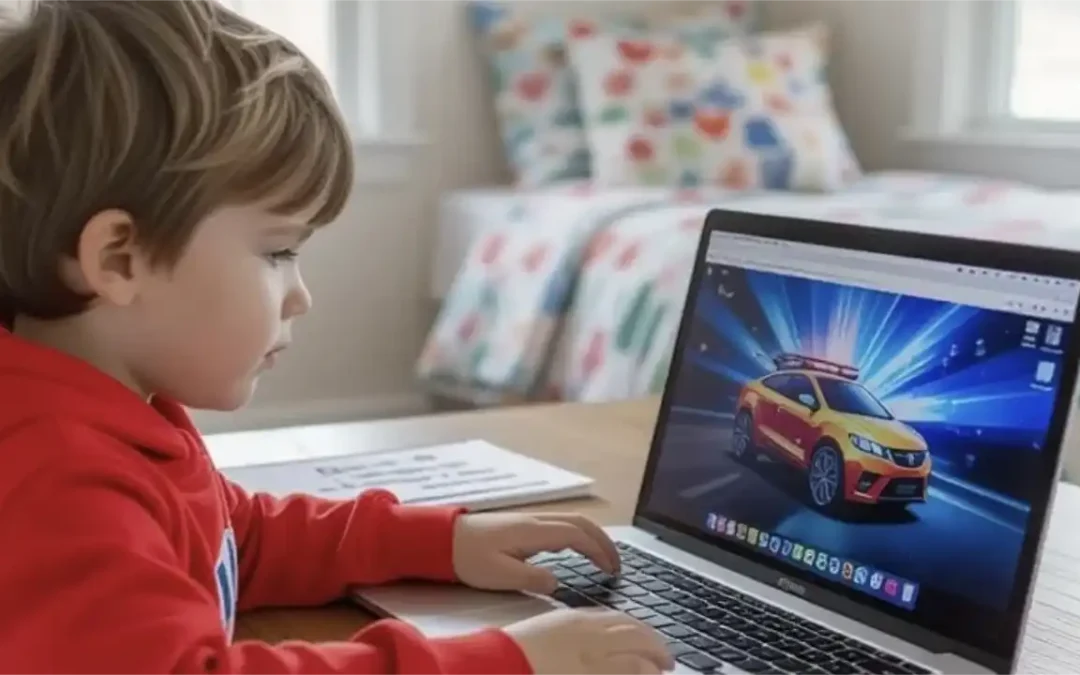
Core Critical Thinking: Verify Information at the Source
Show children how to check original sources and reliable references. This builds strong critical thinking and informed judgment.
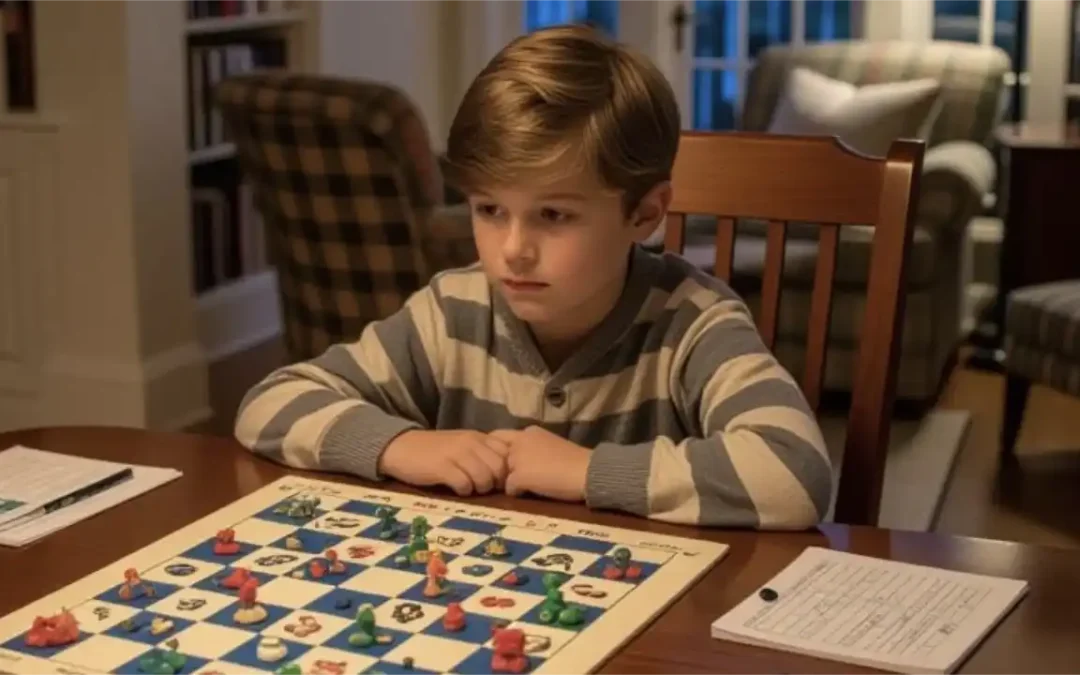
Core Critical Thinking: Question Every Claim
Encourage children to ask “How do we know?” Curiosity and reasoning help them think independently and avoid misinformation.
Table of contents

Primordial Soup for the Mind: Navigation
Navigate the book Primordial Soup for the Mind.
TIPS
- Use real-life questions to test reasoning.
- Introduce words like “premise,” “conclusion,” or “valid.”
- Praise when they pause to think before reacting.
- Challenge them to find one weak point in a claim they agree with.
ACTIVITIES
- Truth Test: Pick a TV ad or TikTok claim—ask, “What are they assuming?”
- Reason Builder: Write two premises, then ask your child to draw a conclusion.
- Logic Walk: Spot signs, slogans, or conversations while walking—are the claims valid?
TOOLS
Argument maps, logic puzzle books, fallacy flashcards.

Download “Primordial Soup for the Mind: A Parent’s Guide to Nurturing Intellectual Growth”
Enter your information to get this article and hundreds more as part of the FREE book Primordial Soup for the Mind.
Share your thoughts with the Thought Academy community in the Comments section below.
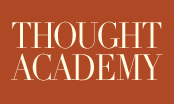
Sharpen those skills!
Enter your information to get our FREE practice exercises so you can hone your critical thinking and reasoning skills!

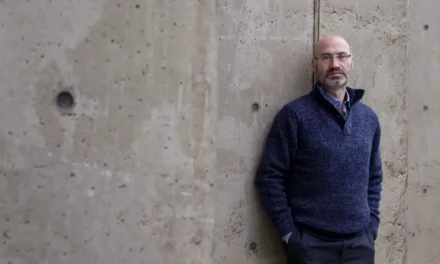


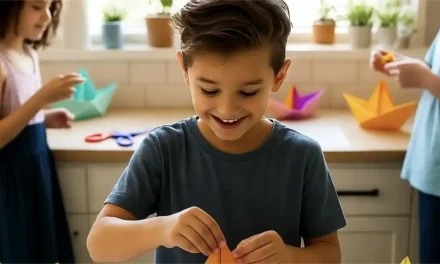


0 Comments